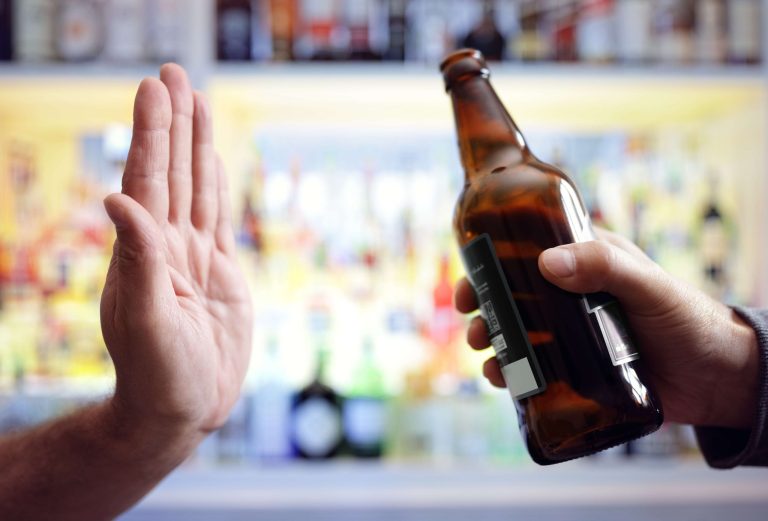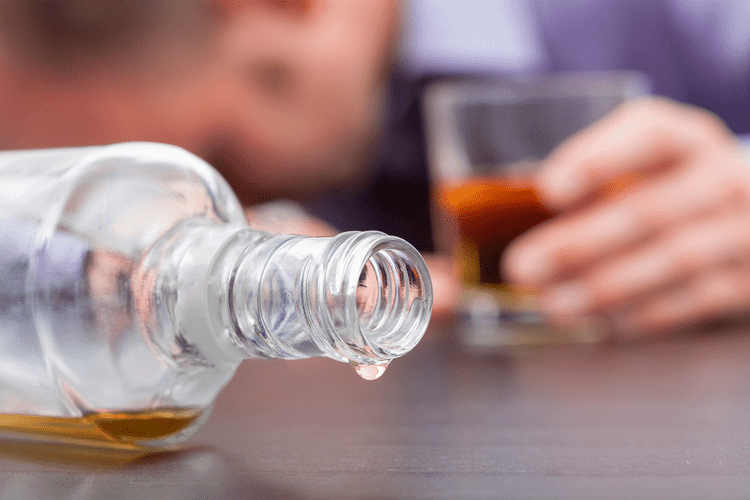Apologies, while they can be well meaning, feel like lip service to many people. Especially if the disease behaviors created deep fissures, or if they are used in place of more direct amends. At Living Amends, we strive to ensure that each recipient of our scholarship can get the on-going support they need to stay sober. To learn more about our program or to apply for our scholarship, please contact our team members today.
We cannot give you customized advice on your situation or needs, which would require the service of an actual attorney. Any information you provide to Cake, and all communications between you and Cake, are not protected by an attorney-client privilege and are instead governed by our Privacy Policy. Usage of any form or other service on our website is subject to our Terms of Use. Prove to those who love you that you are a person of your word, and they can rely on you when things get tough. How do you prove your worth to others after so many failed chances?
Renewal Center for Ongoing Recovery
Essentially, it means making a radical shift in the way you live and sticking to that. When you make living amends, you make genuine changes to support your emotional and physical sobriety. In doing so, you promise to live a sober and honest life and never return to your old ways of lying and hurting the people you love the most.

Thankfully, there are tips you can take to help make your living amends permanent and lasting. One of the greatest regrets some people endure is not apologizing to a loved one for past wrongs before they die. Tragic events happen every day, and in ways we least expect. Many individuals know that they need to apologize to someone they love but fail to do so out of pride or ego.
Navigating Step Nine: Living Amends
Many times, these kinds of promises serve to alleviate the wrongdoer’s guilt and so that they can say they apologized before their loved one died. With these kinds of promises, there may not be enough genuine intention of changing their hurtful patterns and behaviors. When the person you owe reparations to has died, you can still make living amends by changing things about you and how you live your life. These changes can positively impact the people you love and care about. Making amends with the people you’ve fallen out with as you’re thinking about mortality and what happens when you die is one way of finding emotional freedom and closure.

One of the best ways you can make long-lasting changes to your relationships is by being true to your word. Essentially, don’t make promises that you can’t keep and do everything you can to live up to the promises you do make. The unfortunate truth is that we’re all human and we all fall short sometimes. However, that doesn’t mean you’ve failed at your new, honest and sober lifestyle. You can still be true to that by making an honest apology and not making excuses for why you didn’t follow through. Then, the next time around, make sure to make good on your word.
Get help for recovery and the 12-Step Program
Generally speaking, people work through the Steps of Alcohol Anonymous with an addiction treatment counselor and/or sponsor. You can also turn to AA’s Big Book and Twelve Steps and Twelve Traditions (the 12 & 12) for guidance specific to Step 8. We go back to a moment in time and we fixate on the things we wish we had done differently. It makes it hard to remember things that happened before or after. We blame ourselves for certain things that happened – sometimes rightfully, and sometimes not.
- I’m not his teacher, and I’m sure she’s skilled at handling that type of problem.
- If they receive that scholarship, they’ll pay 75% of that month’s rent.
- They may find resolution and understanding about the past.
- Essentially, don’t make promises that you can’t keep and do everything you can to live up to the promises you do make.
Living amends touches deep parts of our lives and souls if we allow them. My living amends to my mother is to be fully present in my life so I can be fully present in hers. Living amends require a voluntary fundamental redirection. We are not tied to the old behaviors of our disease, or to our character defects. Although it sounds lofty, there are realistic, achievable ways to implement examples of making amends.
Teen Guide To Health
If you’re familiar with substance use recovery and 12-step programs, the idea of “living amends” might ring a bell. When you cannot directly make up for something to the person you hurt, a living amends is a decision to change your ongoing behavior in a way that is informed by the wrongdoing. Your ‘living amends’ is living in a way that that acknowledges the previous mistake by consistently living in a way that doesn’t repeat it or compensates for it.


